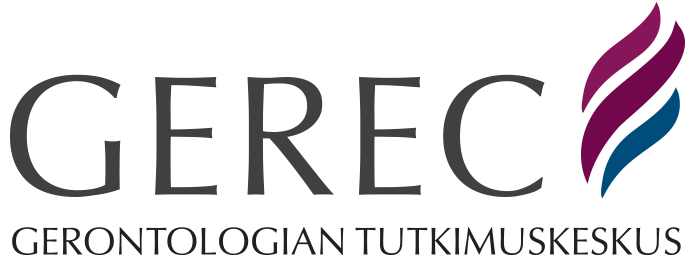
Dissertation 25.5.2018: Successful aging among the oldest old
Successful aging among the oldest old
Longevity increases rapidly and the very old are the fastest growing segment of the population. As long life now has been reached, it is time to ask, how is life at old age, and what is needed for good old age. In 1960s, “successful aging” was adding life to years and feeling satisfaction with past and present life. A couple of decades later, successful aging was defined as low probability of disease and disease related disabilities, high cognitive and physical functional capacity and active engagement with life. Recently, researchers have suggested that old age can be good and “successful” even with disease and functional limitations, with compensation by social and psychological factors, and with adaptation.
In her doctoral study, Lily Nosraty examines good and successful aging among very old people. Successful aging is approached from two different perspectives, by using both large quantitative population study on the one hand, and by examining old people´s own opinions and accounts on the other. The Vitality 90+ data was used to examine the frequency of successful aging, its underlying factors and its association with remaining length of life, and entering long-term care. Successful aging was defined as high level of health and social and psychological functioning. Life story interviews were employed to find out the conceptions of good old age among very old individuals themselves.
Successful aging was measured by using different models that all included both physical, psychological and social components, but the criteria for “success” varied. The prevalence of successful aging varied from one model to another, and it was higher in the models that did not require absence of all disease and functional problems. Successful aging was associated with male gender and living in the community (vs. long-term care). In some models it was associated with younger age, being married status and a higher level of education. The models of successful aging that placed less emphasis on the absence of diseases and disability were better predictors of the length of future life and entry into LTC than the most demanding models.
The life story interviews underscored the importance of physical, psychological and social functioning. The interviewees said it was more important for them to be pain-free rather than disease-free. Independence and a balanced and harmonious life were considered the main conditions for successful aging. The very old interviewees defined successful aging as a process from past to present, and they hoped that their present good aging would continue in the future. Good death was considered as part of successful and good aging.
The main components of successful aging in the life story interviews were basically the same as those that appear in the biomedical model of successful ageing. Both the older interviewees and the researchers emphasized the importance of physical, psychological and social functioning. However, the measurement of these components presents a major challenge for gerontologists. This study suggests that for very old, successful aging should be possible even in the presence of some degree of disease and disability. It is impossible to present a single universal model of successful aging that applies to all old individuals and all age groups. Instead, it is necessary to take into account the changes that happen in the aging process and on this basis to work toward a better, more valid and useful model of successful aging that also applies to very old.
******
The dissertation is published in the publication series of Acta Universitatis Tamperensis; 2370, Tampere University Press, Tampere 2018. The dissertation is also published in the e-series Acta Electronica Universitatis Tamperensis; 1876, Tampere University Press 2018.
